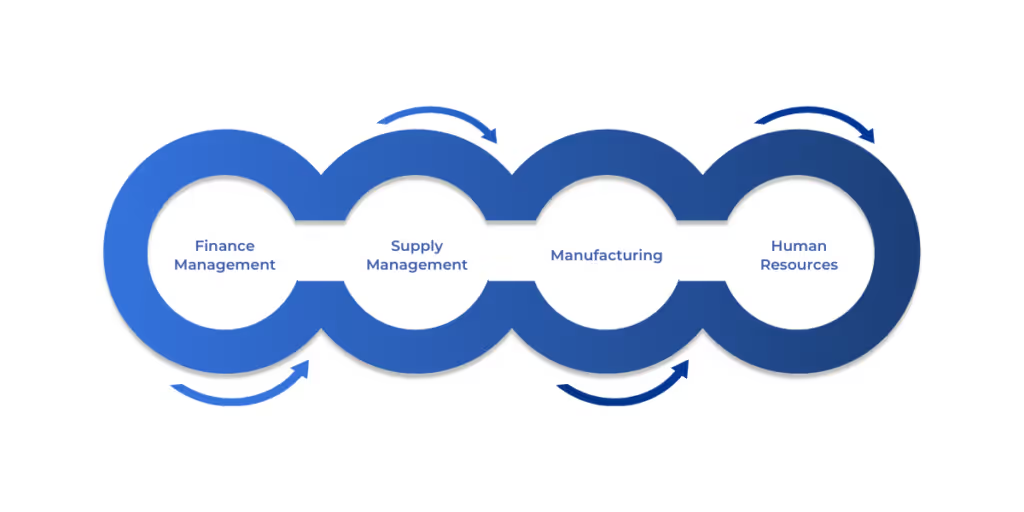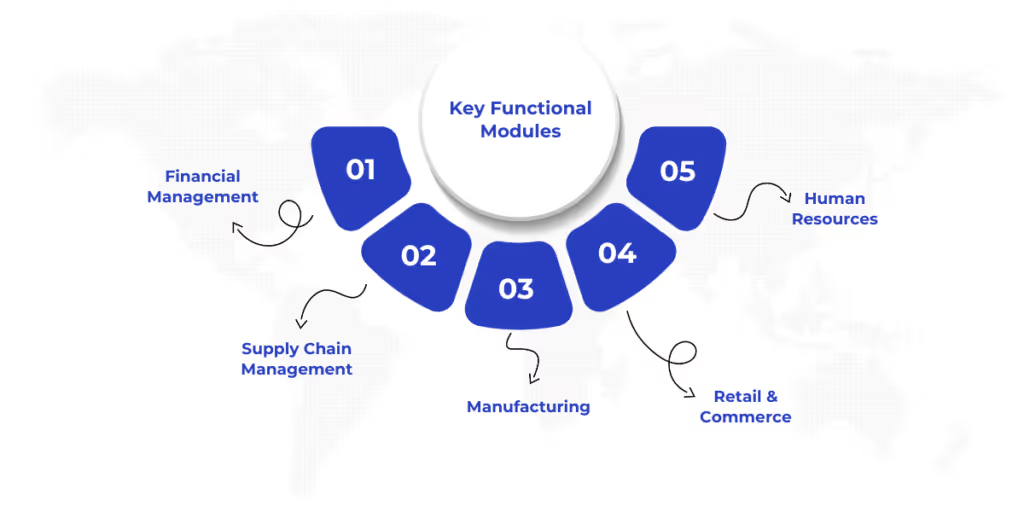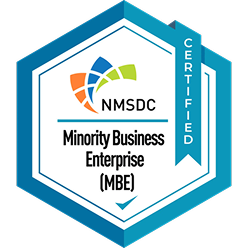

Did you know?
According to Gartner, by 2026, 75% of enterprises will adopt a digital transformation model predicated on cloud as the fundamental underlying platform, driven by the need for scalability, agility, and real-time insights. Microsoft’s Dynamics 365 Finance and Dynamics 365 Operations are both key players in this evolution, offering a cloud-native ERP solution designed to address specific organizational needs.
While both products fall under the umbrella of Dynamics 365, Dynamics 365 Finance focuses primarily on financial operations, while Dynamics 365 Operations handles supply chain, manufacturing, and other core operational processes. According to a recent McKinsey study, manufacturers implementing advanced ERP solutions like Dynamics 365 Finance report productivity improvements averaging 15-20% across their operations.
This blog will explore the unique capabilities of Dynamics 365 Finance and Dynamics 365 Operations, explaining how each solution benefits businesses, their underlying architecture, and how to implement and optimize them for success.
Dynamics 365 Finance manages global financials, improves profitability, and ensures compliance. It helps organizations with real-time financial reporting, cash flow management, and financial forecasting. It also integrates AI to predict cash flow trends, manage intercompany transactions, and ensure regulatory compliance.
Dynamics 365 Operations streamlines the operations side of the business. It focuses on supply chain management, production optimization, inventory control, and manufacturing. This platform ensures that operational processes are running efficiently, delivering goods on time, and minimizing waste and downtime in manufacturing processes.
The key areas impacted by these solutions include:

With a clear view of what Dynamics 365 Operations and Finance aims to achieve, let’s dive deeper into its technical foundations.
To fully grasp how Dynamics 365 Operations and Finance (F&O) supports complex enterprise needs, it’s important to understand its underlying technical architecture and capabilities. This section breaks down the core components of the system, including its cloud-native architecture, data modeling, extensibility frameworks, and deployment strategies. Each of these areas plays a crucial role in enabling F&O to deliver scalable, flexible, and resilient ERP solutions tailored for modern business demands.
Dynamics 365 Operations and Finance is architected as a multi-tier, cloud-first solution optimized for scalability and extensibility. Key technical layers include:
Now that we have unpacked the architectural backbone of Dynamics 365 Finance, let’s turn our attention to how it handles data. Managing large, complex datasets efficiently is key to any ERP system, and F&O uses smart strategies to optimize data storage and accessibility:
The platform offers powerful tools and frameworks to customize and extend its functionality without compromising system integrity:
Customizations and architecture are crucial, but equally important is how you deploy and manage your Dynamics 365 Finance environments. Let’s explore the deployment options and environment management practices that keep your ERP reliable and flexible:
Now that we have covered how to optimize your system, let’s discuss the core modules that make Dynamics 365 Finance indispensable for enterprises.

Dynamics 365 Finance comprises several core modules tailored to streamline complex enterprise operations:
Financial operations are the backbone of any ERP, and Dynamics 365 Finance enhances this with modern automation and real-time insights.
Beyond standard ledger and reporting functions, the system now embeds AI capabilities that help predict cash flow and manage compliance dynamically. For example, intercompany transaction automation accelerates month-end closes, while continuous compliance monitoring helps reduce audit risks before they arise.
Also read: Financial Reporting in Dynamics 365 Management Reporter
Efficient supply chains differentiate successful enterprises, and F&O elevates this with IoT integration and advanced analytics. It tracks assets with sensor data and uses supplier performance dashboards to manage risks proactively.
Demand sensing algorithms adapt forecasts in near real time based on actual sales and market conditions, improving inventory accuracy and responsiveness.
Manufacturing processes benefit from Dynamics 365 Finance’s flexible production models and digital simulation capabilities. The system supports switching between discrete and process manufacturing modes seamlessly, while integration with Azure Digital Twins enables virtual factory simulations to optimize operations.
Additionally, AI-powered quality inspections detect defects more accurately, reducing waste.
For retail enterprises, F&O provides tools to unify customer data across channels, delivering personalized experiences and smarter pricing.
Dynamic pricing reacts to inventory levels and competitor pricing in real time, while offline POS capabilities ensure sales continuity even without connectivity.
Suggested Read: Retail with Dynamics 365: Meeting modern customer expectations like a pro
HR capabilities extend beyond basic personnel management by incorporating AI to help employees plan career paths and enabling compliance automation.
Sentiment analysis on employee feedback uses NLP to provide actionable insights, fostering a more engaged workforce.
With a solid grasp of the ERP’s capabilities, it’s essential to understand how to approach migration and implementation successfully.
Moving from your current system to Dynamics 365 Finance & Operations is a significant step that involves more than just technical upgrades, it requires careful planning, data management, and organizational alignment.
Migrating from legacy ERP systems or older Dynamics versions to Dynamics 365 Finance involves complex data extraction, transformation, and loading (ETL) processes. Key approaches include:
Implementing a new ERP system affects every user. Successful adoption hinges on:
Planning with these factors in mind dramatically increases your chances of a smooth, successful Dynamics 365 Finance implementation.
With migration strategies configured, the next big step is making sure your ERP talks seamlessly with other systems and services across your business ecosystem.
To maximize value, Dynamics 365 Finance & Operations integrates deeply with Microsoft’s ecosystem and external systems. Understanding these integration points is essential for building seamless, automated workflows:
As you connect more systems, keeping your data secure and meeting compliance requirements becomes critical. Let’s dive into the security features Dynamics 365 Finance offers to keep you covered.
Security and regulatory compliance are top priorities in any enterprise ERP deployment. Dynamics 365 Finance & Operations incorporates robust features to help safeguard data and meet stringent legal requirements.
F&O provides granular RBAC, enabling administrators to assign permissions based on user roles and responsibilities. This ensures users can only access the data and functionality necessary for their work, minimizing insider risk.
F&O maintains detailed logs of user activities, data changes, and system events. These audit trails support:
Microsoft Azure’s compliance certifications extend to Dynamics 365 Finance & Operations, including:
For organizations with strict data residency requirements, F&O supports hybrid deployment models, allowing sensitive data to remain on-premises or in specific geographic locations while leveraging cloud scalability.
Security is a foundation, but so is performance. Let’s look at some practical ways to keep your ERP running fast and reliable, even as your business grows.
To get the most out of your Dynamics 365 Finance & Operations implementation, keeping performance optimized is critical. We’ll cover best practices and strategies to ensure your system runs smoothly under the heaviest loads:
Dynamics 365 Finance & Operations is a powerhouse ERP platform designed to meet the complex, evolving needs of today’s enterprises.
However, successfully implementing or migrating to Dynamics 365 Operations and Finance demands deep technical expertise, strategic planning, and hands-on experience to navigate challenges like data migration, customizations, integrations, and governance, while ensuring minimal disruption and maximum business value.
That’s where WaferWire, as a Microsoft Gold Partner, stands apart. With over 25 dedicated Dynamics 365 experts and a proven track record of delivering end-to-end ERP implementations across diverse industries, WaferWire brings the right blend of technical mastery and business insight. We partner with you to tailor the solution to your unique needs, streamlining your migration, optimizing performance, and accelerating ROI.
Choosing WaferWire means having a trusted advisor who understands both the technology and the business, helping you unlock the full potential of Dynamics 365 Finance & Operations, confidently and efficiently.
Ready to elevate your ERP strategy with a partner who delivers results? Discover how WaferWire can guide your Dynamics 365 journey!

